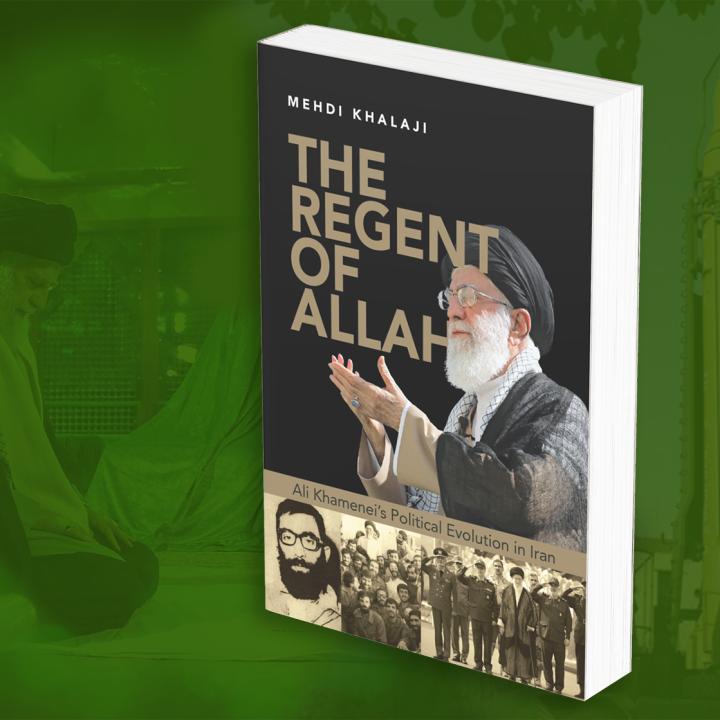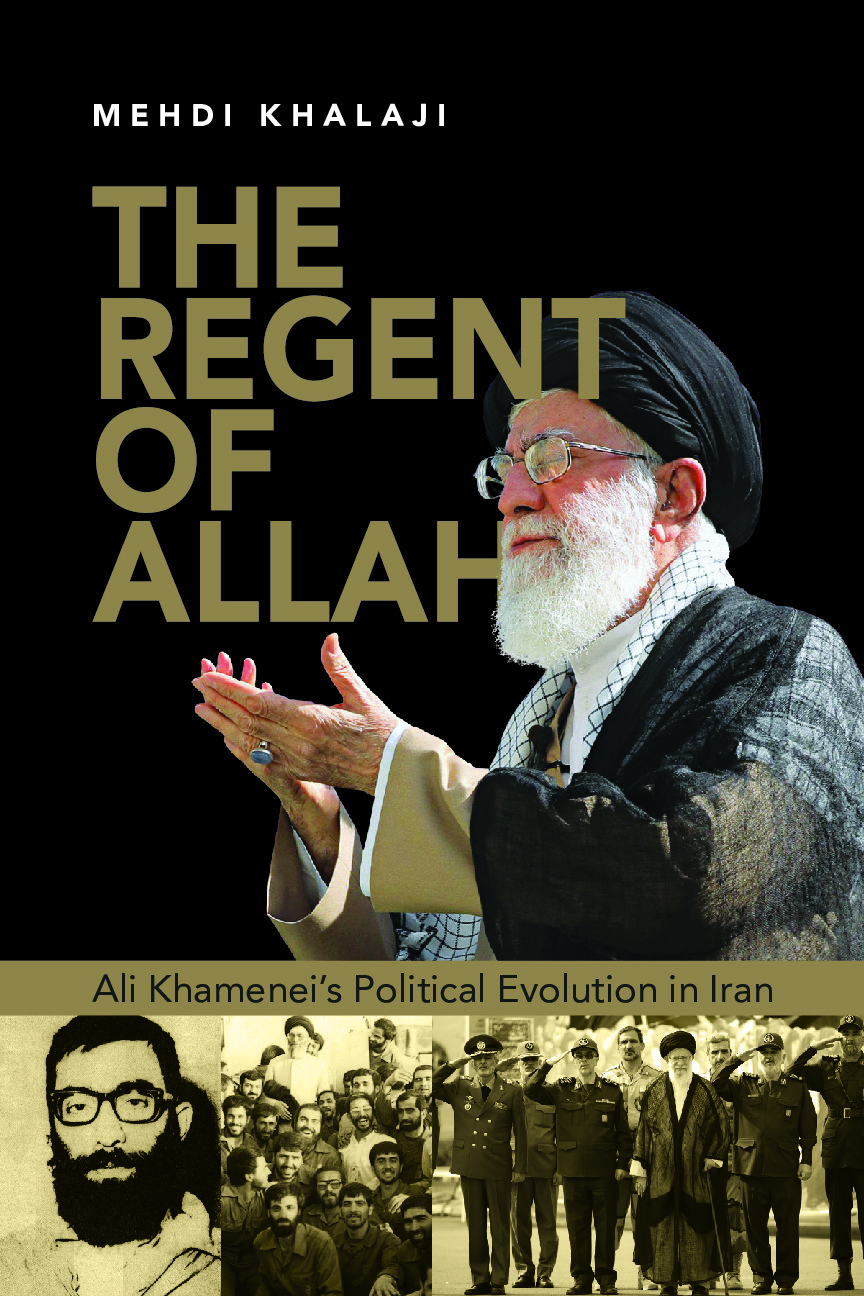
- Policy Analysis
- Policy Focus 179
The Regent of Allah: Ali Khamenei's Political Evolution in Iran

The authoritarian infrastructure honed over decades by the Supreme Leader is designed to outlast his time in office.
During his lengthy tenure as Iran’s Supreme Leader, Ali Khamenei has shown a knack for consolidating power by creating layers of bureaucracy in military, economic, and religious affairs. In turn, he has liberally purged officials who have hinted at disloyalty to him, the Islamic Republic, or its governing doctrine, velayat-e faqih (rule of the jurisprudent). But Khamenei does not lack for personal complexity. As a younger man, he dressed casually, flaunted his love of literature, and composed poetry. And as a leader, he has often demonstrated flexibility—coined as “heroic flexibility” in the case of the 2015 nuclear deal—at times of national risk or strained social cohesion. He has likewise blessed the rise of relatively moderate presidents such as Mohammad Khatami and Hassan Rouhani when he thought their leadership would reinforce national stability.
In this wide-ranging study, former Qom theologian Mehdi Khalaji details Khamenei’s political ascent, from his role as an influential cleric in Mashhad to his presidency under Ruhollah Khomeini and his surprising appointment as Supreme Leader. Whoever succeeds him, the author makes plain, will inherit an infrastructure designed to preserve Iran’s authoritarian system and suppress rumblings of internal dissent.




